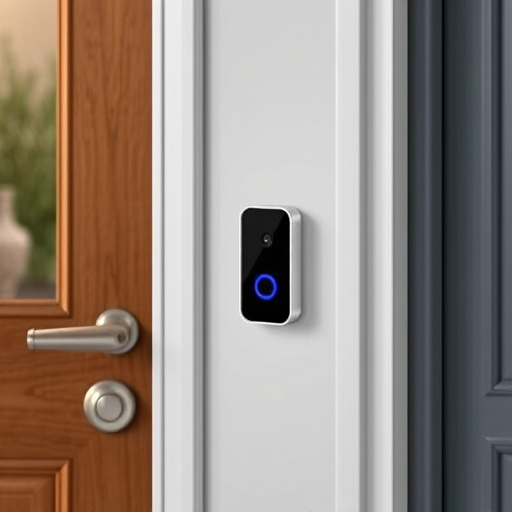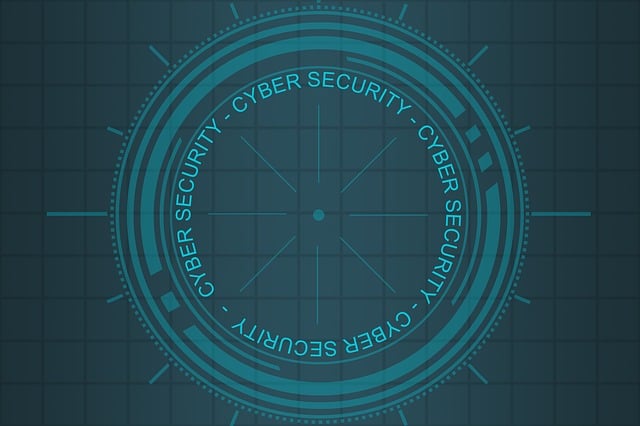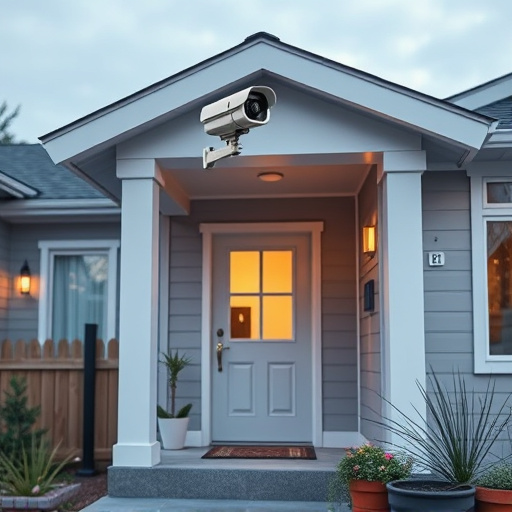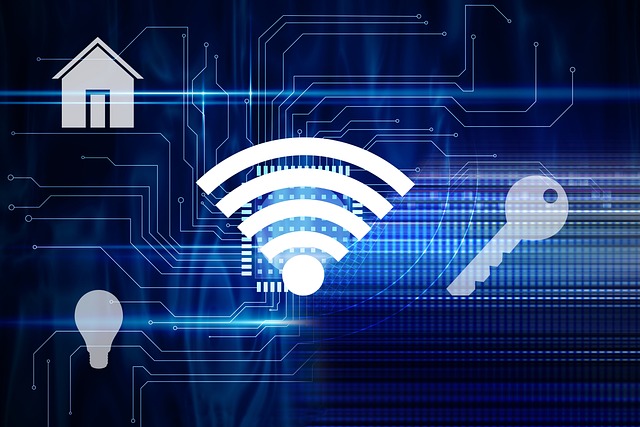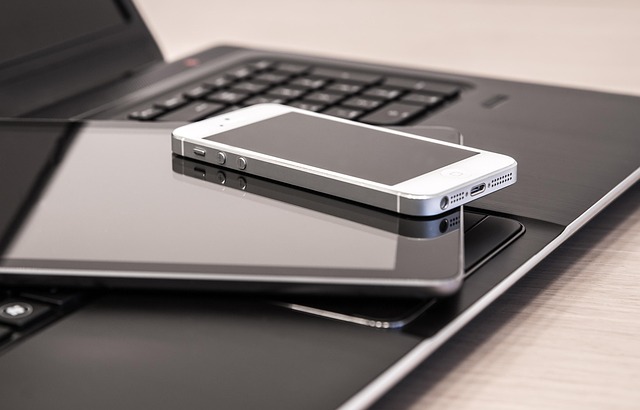Smart home devices offer convenience with functionalities ranging from controllable bulbs to complex security systems. Integration via Wi-Fi or Bluetooth enables automated routines and control through apps or voice commands. Robust security measures are crucial as more devices connect, requiring strong passwords, regular firmware updates, encryption, a dedicated hub, and careful app privacy management to protect against cyber threats and ensure a safe smart home environment.
“Unraveling the world of smart home devices can be an exciting yet daunting journey for beginners. This comprehensive guide aims to demystify the basics, explore security concerns, and provide essential strategies for a safe smart home setup. From understanding key terms like IoT (Internet of Things) to implementing robust security measures, we’ll navigate through best practices for beginners. Discover how to protect your digital space, ensuring both convenience and peace of mind in your smart home revolution.”
- Understanding Smart Home Devices: Basics Explained
- Security Concerns: Protecting Your Digital Space
- Setting Up Safety Measures for Smart Devices
- Best Practices for Maintaining Device Security
Understanding Smart Home Devices: Basics Explained
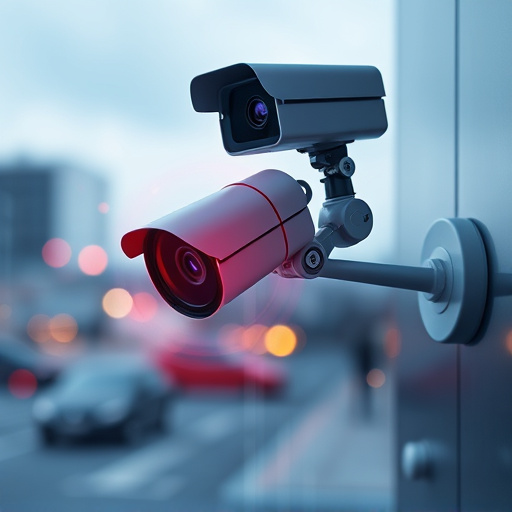
Smart home devices are a collection of gadgets designed to make your life easier and more convenient by connecting to the internet and each other. These devices range from simple, like smart light bulbs that can be controlled from your phone, to complex, such as security systems that monitor your home’s activity. At their core, they operate through apps or voice commands, allowing you to adjust settings and perform tasks remotely.
The basics of a smart home revolve around creating scenes or routines. For instance, setting up a “Good Morning” scene might involve turning on lights, raising the thermostat, and playing your favorite music. Similarly, a “Good Night” routine could automatically lock doors, dim lights, and arm your security system. These devices often communicate using Wi-Fi or Bluetooth, ensuring easy integration into your existing home network.
Security Concerns: Protecting Your Digital Space
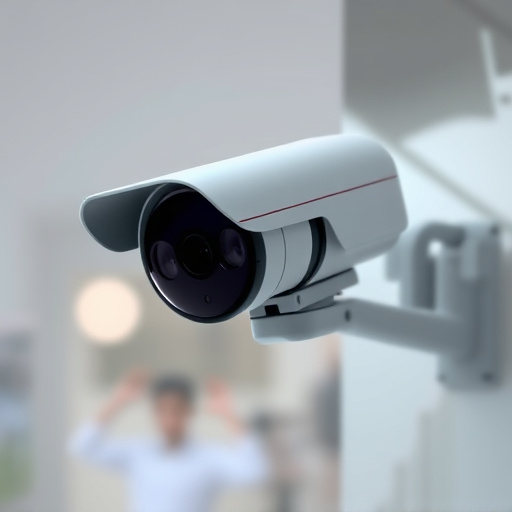
Smart home devices offer unprecedented convenience and control, but they also raise legitimate security concerns. As more devices connect to your network, your digital footprint expands, potentially exposing personal information to hackers. Smart appliances, lights, thermostats, and cameras can all be vulnerable entry points if not properly secured. It’s crucial to use strong, unique passwords for each device and regularly update firmware to patch known security flaws.
Enabling encryption on all connected devices is essential for protecting your data. Additionally, consider using a dedicated smart home hub or gateway that acts as a centralized control point, allowing you to monitor and manage device connections more effectively. Regularly reviewing and updating privacy settings within each device’s app is another crucial step in safeguarding your digital space from potential threats.
Setting Up Safety Measures for Smart Devices
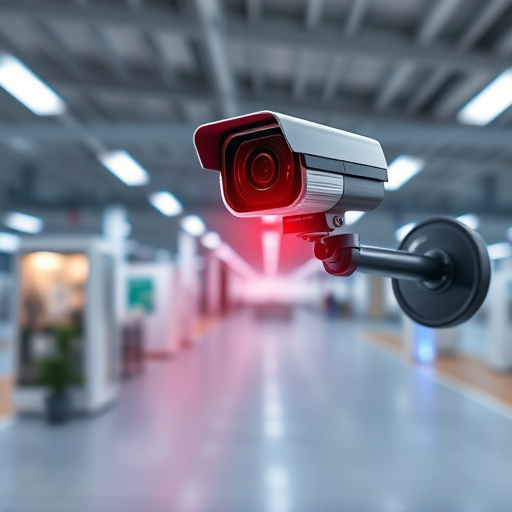
Setting up safety measures for your smart home devices is a crucial step in ensuring a secure and peaceful living environment. Start by updating the firmware on all your devices to the latest version, as updates often include security patches that protect against new threats. Enable two-factor authentication wherever possible; this adds an extra layer of protection, ensuring only authorized access to your devices and data.
Use strong, unique passwords for each device and account, avoiding common phrases or easily guessable information. Regularly monitor and adjust privacy settings, granting access only to trusted sources. Install reputable antivirus software and keep it updated to protect against malicious activities that could compromise your smart home network.
Best Practices for Maintaining Device Security
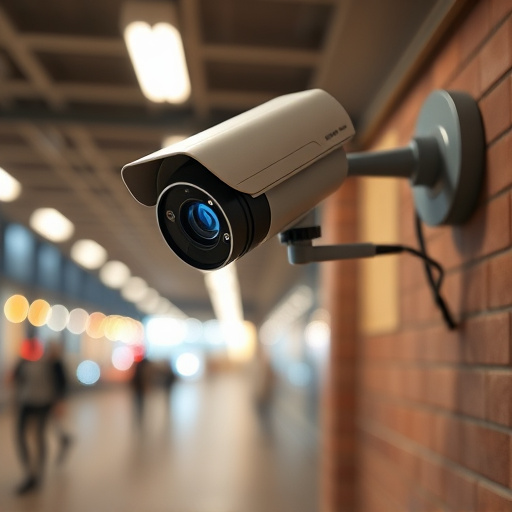
To ensure your smart home devices remain secure, start by maintaining strong passwords and regularly updating them. Enable two-factor authentication (2FA) where possible to add an extra layer of security. Keep all software and firmware up to date; updates often include crucial security patches. Be cautious when connecting new devices to your network—only add trusted items to your smart home setup. Regularly review and manage the permissions granted to each device, ensuring they only have access to essential functions. Finally, consider using a dedicated network for your smart devices to isolate them from other sensitive systems in your home.
Smart home devices offer immense convenience, but securing your digital space is paramount. By understanding the basics of these devices, addressing security concerns, and implementing robust safety measures, you can protect your personal information and enjoy the benefits of a connected home with peace of mind. Regularly updating firmware and practicing safe online habits are key to maintaining device security. Embrace a proactive approach to stay ahead of potential threats in the ever-evolving world of smart home devices.
